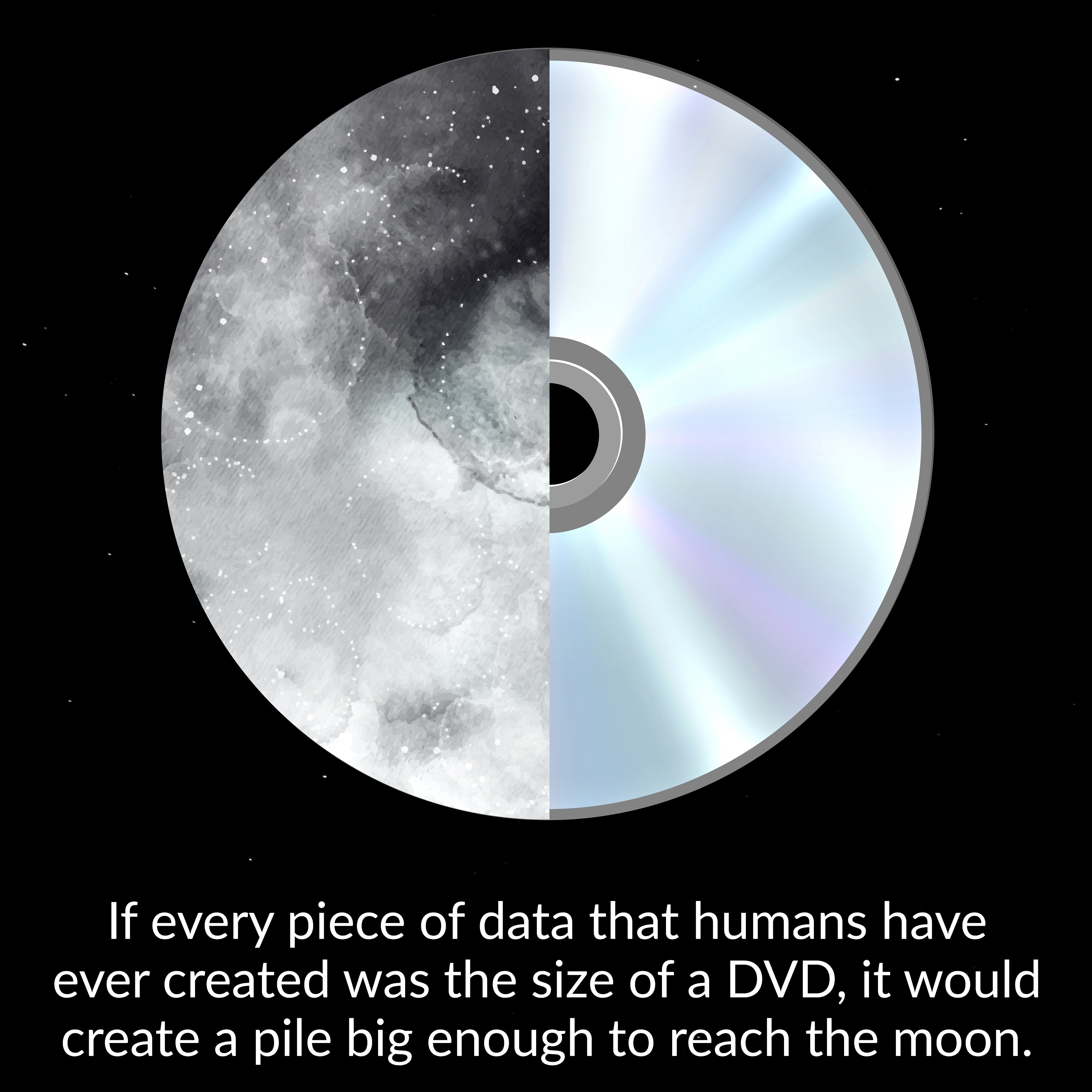Every day, the human race creates so much data, that if each piece of data was a DVD, it would create a pile big enough to reach the moon. This data includes the photos we upload to social media pages, the texts we send to our friends, and the communication from one computer to another.

The media industry also creates large amounts of data, in the form of newspaper and magazine articles, videos, and social media posts. Finding which publication has mentioned your brand in their article or tweet is a challenge for most businesses.
This is where brand tracking comes in. Brand tracking is a way of keeping tabs on your brand; gauging how it it being portrayed in the media, how it is being perceived by customers, and how it is fairing compared to its competitors.
It can help you gain a greater understanding of the people and the topics, which are important to your brand. This can also help you tweak your marketing strategies to make them more effective.
Here are four ways brand tracking helps you create better content:
1. Brand tracking helps you get to know your audience
Brands sometimes only have limited knowledge of the people they want to reach and what those consumers like. Their understanding is, however, not always backed by data. This often means that brands are not quite sure who their target market is, and what that market wants.
Brand tracking gives you the tools to see who is seeing your content, and what they are saying about it. With this information, you’ll be able to ensure you are sharing the right kind of content to the right audience.
Brand tracking gives you the tools to see who is seeing your content, and what they are saying about it.
Newsclip monitors print, broadcast, online and social media, allowing businesses to find out which publications are mentioning their brands, and giving them insights into the kind of people engaging with the brand.
Gate5, Newsclip’s online delivery platform, includes all of your business’s media clippings within minutes of being published, posted or broadcast. Here you can segment your media coverage and use it to analyse your audience.
Social media tracking, through Newsclip’s social media tracking and reporting service, amaSocial, allows you to monitor Twitter, Facebook, Instagram and YouTube for mentions of your brand or products – all from one convenient platform.
You can also use amaSocial to identify users who engage with your brand most often, and use this information to identify possible brand ambassadors.
2. Improve your marketing strategy with brand tracking
Brand tracking can help you see where you are getting favourable return on investment, and which platforms don’t work for you.
For instance, you may spend hours taking that perfect shot for Instagram but, through tracking your brand, you may discover that audiences are not engaging with it.

With this information, you can build more effective marketing strategies and invest in the channels that work best for you. You can compare the success of past campaigns so that you can see what kind of campaigns work best for your audience, and which ones to avoid.
Use brand tracking to grow from your past mistakes, and hone your marketing strategy.
3. Brand tracking lets you monitor your competitors
You can stay up to date with what your competitors have to say, what content they are producing, and how they are marketing themselves.
Using this information, you can ensure that your strategies are unique, and tailored to your brand’s specific audience. You can also identify what hasn’t worked well for your competitors and avoid making the same mistakes.
Newsclip monitors your brand, as well as specific competitors, so you can see the kind of media coverage each brand is getting. If, for example, you and your competitor both write blogs focused on similar topics, but you notice that their posts are receiving more engagement, you can compare the two and see what your competitor has done differently.
4. Discover hot topics in your industry
Through tracking specific keywords, you can see what consumers are saying about specific topics. This can help you create relevant content that answers the questions consumers have, or discusses the issues they are concerned about.
For example, healthcare brands could use keyword tracking for terms such as “medical aid in South Africa” and keep a close eye on conversations surrounding this topic. Using this information, these companies would be able to see what consumers are saying about the topic. With this information, you can tailor your marketing material to suit their needs.
With brand tracking, you can identify what people want to hear about, what questions they want answered, and what kinds of content they like best. Use these unique insights to champion your competitors through powerful content, and market your brand through content that your followers are sure to value.
